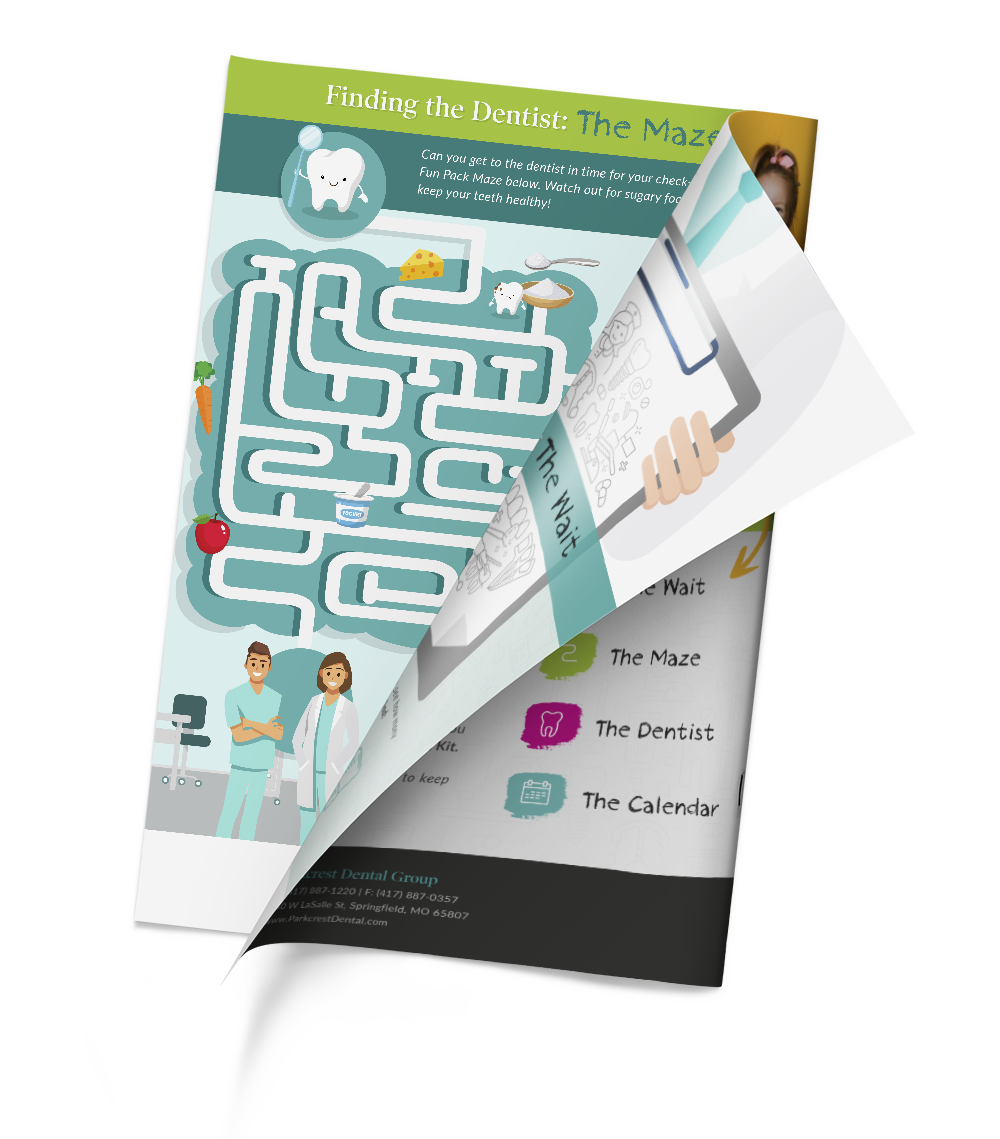
According to the Centers for Disease Control:
Find out more about tooth decay with our guide to cavities. If you think your child has a cavity, our family dentist would be happy to help treat this difficulty.
Bacteria naturally grow in our mouths. When we consume sugary foods, drink sugary liquids, and eat starchy food, the extra carbs feed the bacteria. As an effect of this process, the bacteria produce acid. This acid can gradually wear away the mineral layers on the outside of our teeth. In children, tooth decay usually occurs due to too many sugary drinks or babies falling asleep during bottle feeding.
Saliva helps wash away these acids. However, when we consume more and more sugary foods and liquids, our natural defenses may need help. That’s where tooth brushing and flossing can help. Saliva production declines at night when we’re asleep, giving way to more action on the bacteria. That’s why brushing your teeth right before bedtime is important.
Look for tooth decay in the molars towards the back of the mouth. Bacteria gravitate to the grooves and pits naturally found on the surface of molars. Unfortunately, molars are harder to keep clean because they are more challenging to reach with a toothbrush.
Tooth decay also occurs between teeth. Flossing helps remove food particles and bacteria in these spaces, which is why you need to develop good flossing habits with your child early in life. Our family dentist can help your child’s teeth fight decay thanks to sealants and fluoride treatments that can strengthen enamel.
Starting good oral hygiene habits early in life is vital to success after adult teeth come in. Our family dentist, Dr. Scott, can give you tips on how to fight tooth decay in your child’s teeth. Contact us today to make an appointment!

While you’re waiting to see the dentist, you can enjoy a few things to do in our Dental Fun Kit.
